Table of Contents
Introduction
Running out of mustard seeds? Don't panic! Whether you're making pickles, curry, or sauces, these 6 proven substitutes will save your recipe. Each option comes with exact substitution ratios to ensure perfect flavor every time.
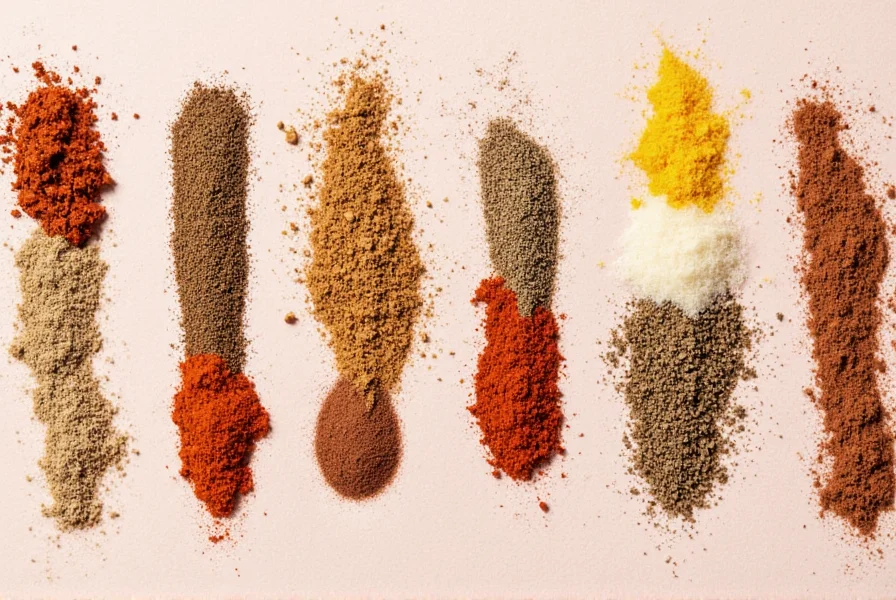
Top 6 Mustard Seed Substitutes
1. Yellow Mustard
Yellow mustard is the closest flavor match since it's made from ground mustard seeds. For every 1 teaspoon of mustard seeds, use 1 tablespoon of prepared yellow mustard. It delivers the same tangy, slightly spicy profile with instant flavor release.
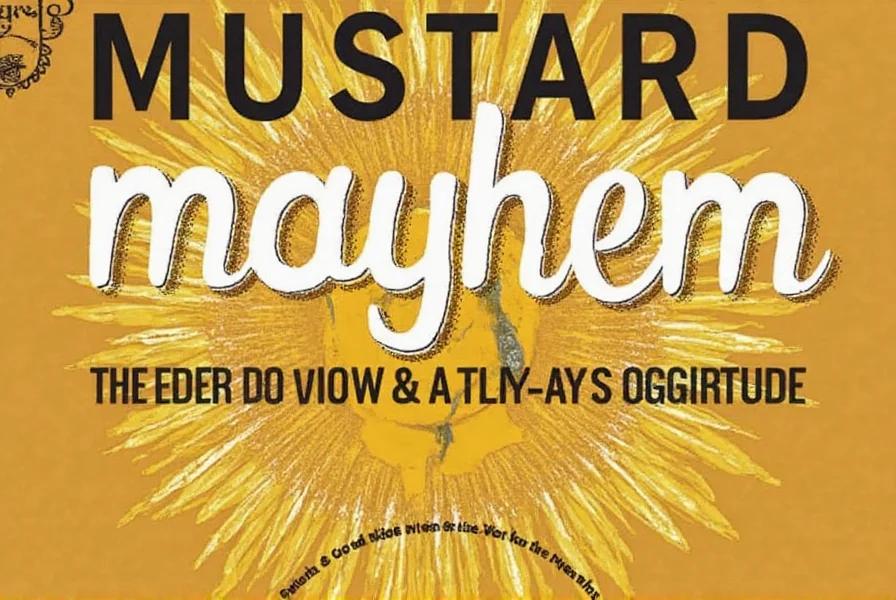
2. Wasabi Paste
For intense heat in sushi or marinades, use 1/2 teaspoon wasabi paste per 1 teaspoon mustard seeds. Note: Wasabi has a sharper, cleaner burn that dissipates faster than mustard seeds.
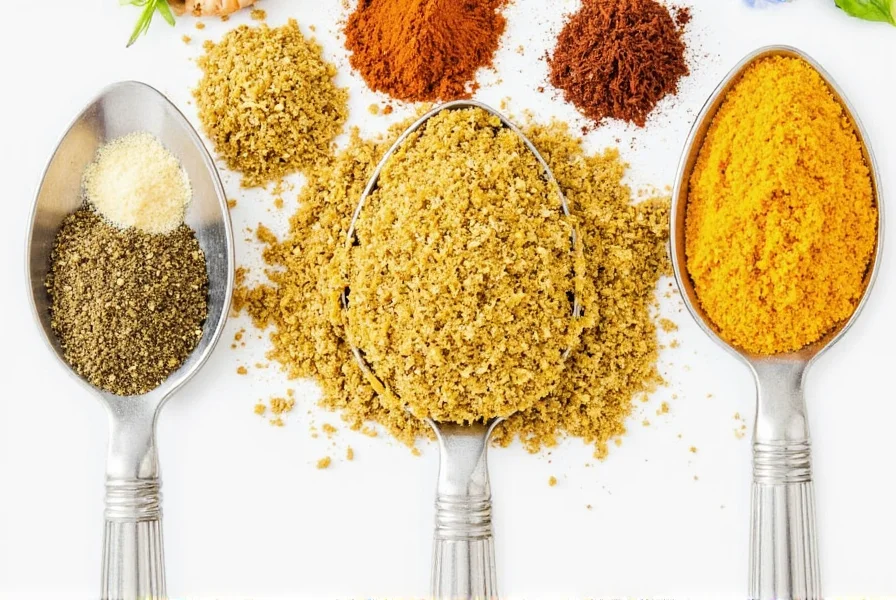
3. Horseradish
Use 1 teaspoon prepared horseradish for every 1 teaspoon mustard seeds. Ideal for meat dishes where you need pungent heat without the tanginess of mustard. Add a splash of vinegar to balance the flavor.
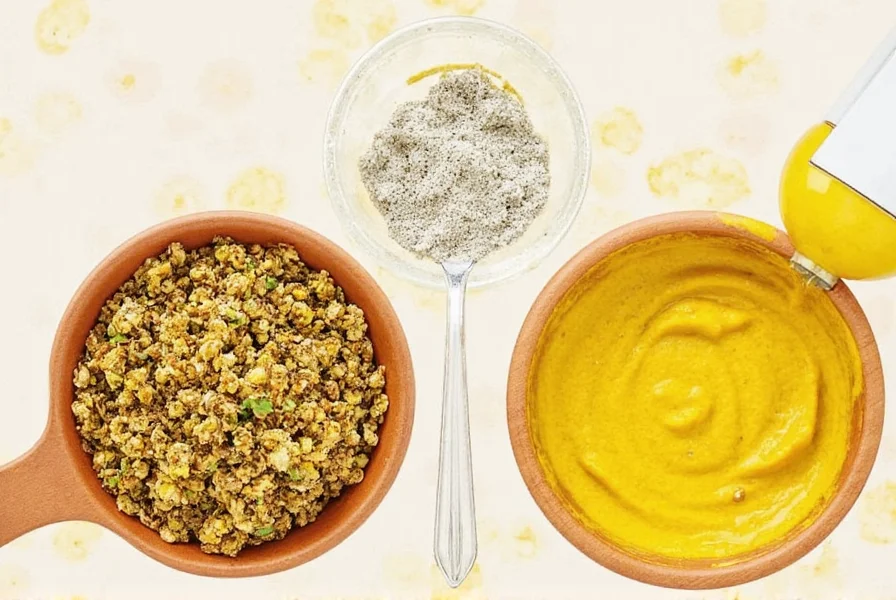
4. Cumin Seeds
For curries and stews, substitute 1 teaspoon cumin seeds for 1 teaspoon mustard seeds. Toast them first to release earthy notes that complement spices well. Reduce quantity by 25% if using ground cumin.
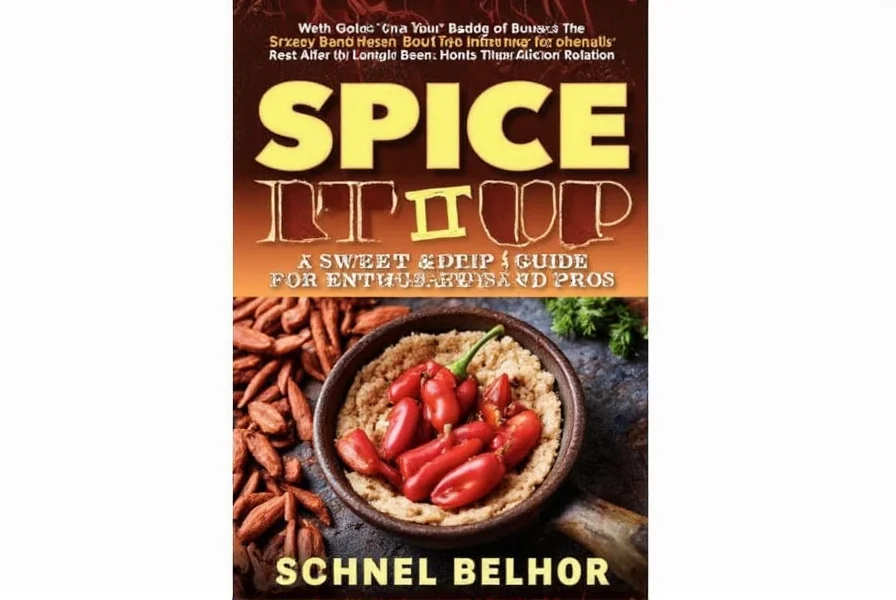
5. Black Pepper
Use 1/2 teaspoon freshly ground black pepper per 1 teaspoon mustard seeds. Best for grilled meats and soups where you need sharp heat without tang. Add a pinch of paprika for color similarity.
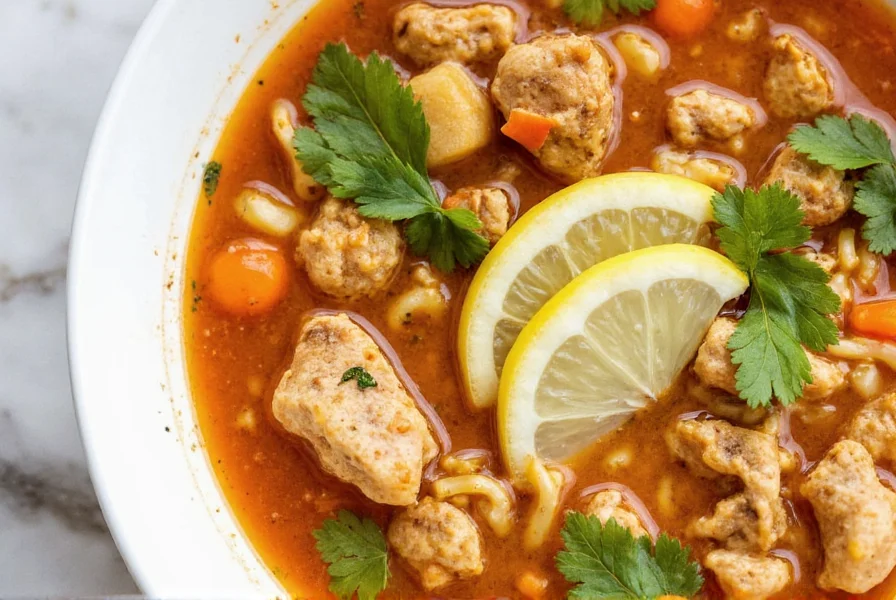
6. Paprika
For color and mild sweetness, use 1 teaspoon sweet paprika per 1 teaspoon mustard seeds. Add 1/4 teaspoon lemon juice to mimic the tang. Best for roasted vegetables and sausages.
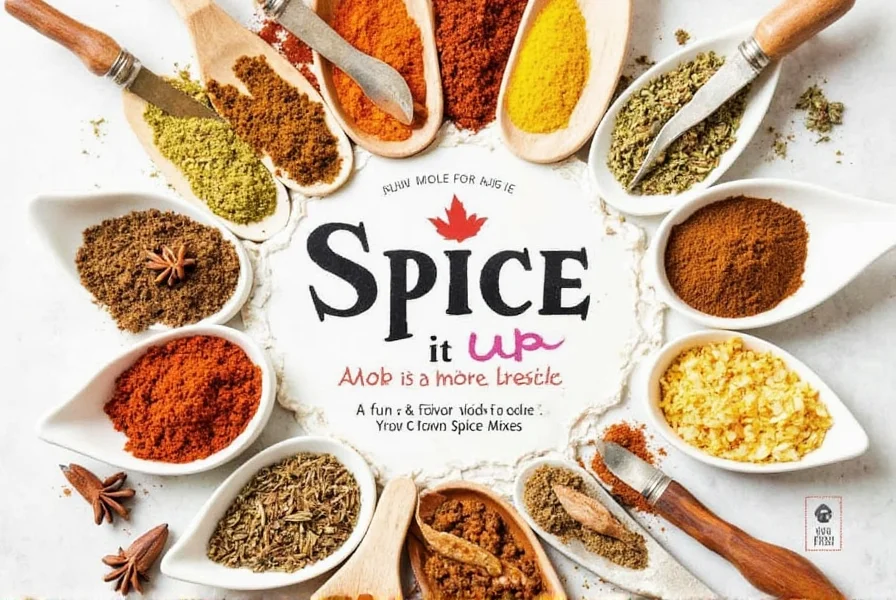
| Alternative | Substitution Ratio | Flavor Profile | Best For |
|---|---|---|---|
| Yellow Mustard | 1 tbsp = 1 tsp seeds | Tangy, slightly spicy | Sauces, dressings, condiments |
| Wasabi Paste | 1/2 tsp = 1 tsp seeds | Sharp, clean heat | Sushi, marinades, dips |
| Horseradish | 1 tsp = 1 tsp seeds | Pungent, bold | Dips, sauces, meat dishes |
| Cumin Seeds | 1 tsp = 1 tsp seeds | Warm, earthy | Curries, stews, roasted veggies |
| Black Pepper | 1/2 tsp = 1 tsp seeds | Hot, sharp | Grilled meats, soups, seasonings |
| Paprika | 1 tsp = 1 tsp seeds | Mild, sweet | Stuffed peppers, sausages, grilled veggies |
Practical Substitution Tips
- Toast whole spices first for cumin or black pepper to maximize flavor release
- Adjust for texture: For crunchy mustard seeds, add 1 tsp toasted sesame seeds per 1 tsp substitute
- For pickling: Use 2 tbsp yellow mustard + 1 tsp vinegar per 1 tsp mustard seeds
- For Indian tadka: Mix 1/2 tsp yellow mustard powder + pinch of turmeric + 1 tsp oil
- Always start with half the recommended amount and taste before adding more
How to Choose the Right Substitute
Match your substitute to your recipe's needs:
- Pickling recipes → Yellow mustard (for acidity) or white wine vinegar + turmeric
- Curry dishes → Cumin seeds (for earthiness) or mustard powder (for quick flavor)
- Sushi and Japanese dishes → Wasabi paste (authentic heat)
- Meat marinades → Horseradish (bold punch) or black pepper (simple heat)
- Color-focused dishes → Paprika (red hue) + lemon juice (tang replacement)
Frequently Asked Questions
What's the closest substitute for mustard seeds in flavor?
Yellow mustard is the closest match since it's made from ground mustard seeds. Use 1 tablespoon of yellow mustard for every 1 teaspoon of mustard seeds. For pickling, add 1 tsp vinegar to compensate for the missing acidity.
Can I use mustard powder instead of mustard seeds?
Yes! Use 1 teaspoon mustard powder = 1 teaspoon mustard seeds. For dry-toasting applications, mix powder with 1 tsp water to form a paste first. Mustard powder activates faster than whole seeds.
What can I use if I don't have mustard seeds for pickling?
Use 2 tablespoons yellow mustard + 1 teaspoon white vinegar per 1 teaspoon mustard seeds. For authentic Indian pickles, add 1/4 tsp turmeric for color and 1/2 tsp fenugreek seeds for depth.
Are mustard seeds necessary in curry recipes?
No, but cumin seeds make the best substitute. Use 1 tsp cumin seeds = 1 tsp mustard seeds for South Indian curries. For Bengali dishes, mix 1/2 tsp mustard powder + pinch of turmeric + 1 tsp oil for authentic tadka.
How do I substitute mustard seeds in Indian cooking?
For tempering (tadka), use 1/2 tsp mustard powder + pinch of turmeric + 1 tsp hot oil per 1 tsp mustard seeds. For whole seed applications, cumin seeds work best with a 1:1 ratio.
Can I skip mustard seeds in a recipe entirely?
You can omit them in non-critical recipes, but add 1/4 tsp lemon juice + pinch of black pepper per 1 tsp mustard seeds to maintain tang and heat. Avoid skipping in pickling or mustard-based sauces where flavor is essential.
What's the difference between mustard seeds and mustard powder?
Mustard seeds release flavor slowly when toasted, while powder activates instantly with liquid. Use 1:1 ratio by volume, but powder provides even flavor distribution while seeds add texture. For dry rubs, seeds are better; for sauces, powder works faster.
Conclusion
Mustard seeds add unique tangy heat to dishes, but when you're out, these 6 substitutes deliver reliable results with precise ratios. Whether pickling, cooking curry, or making sauces, match the substitute to your recipe's needs for perfect flavor every time. Experiment with these kitchen-tested swaps to expand your culinary creativity!
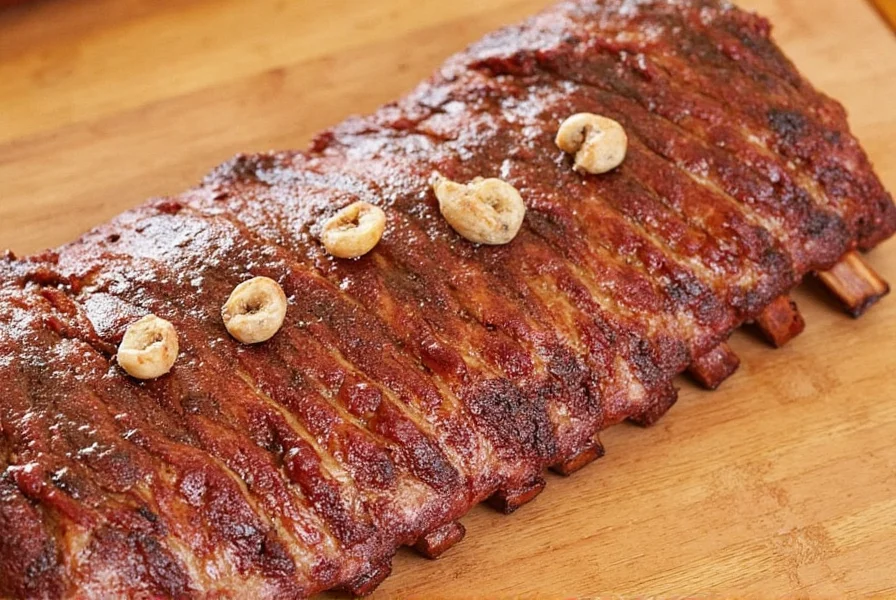

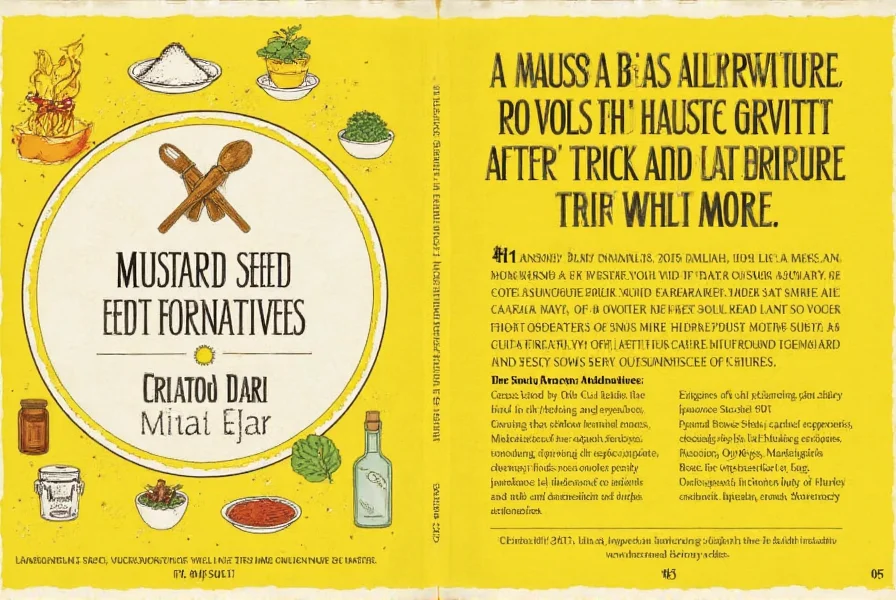









 浙公网安备
33010002000092号
浙公网安备
33010002000092号 浙B2-20120091-4
浙B2-20120091-4